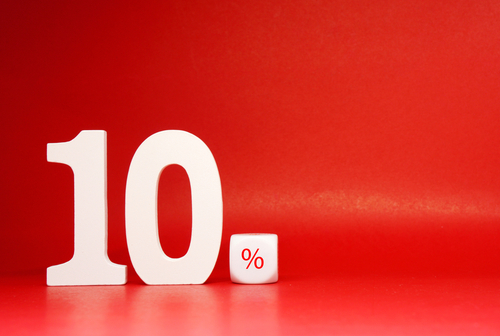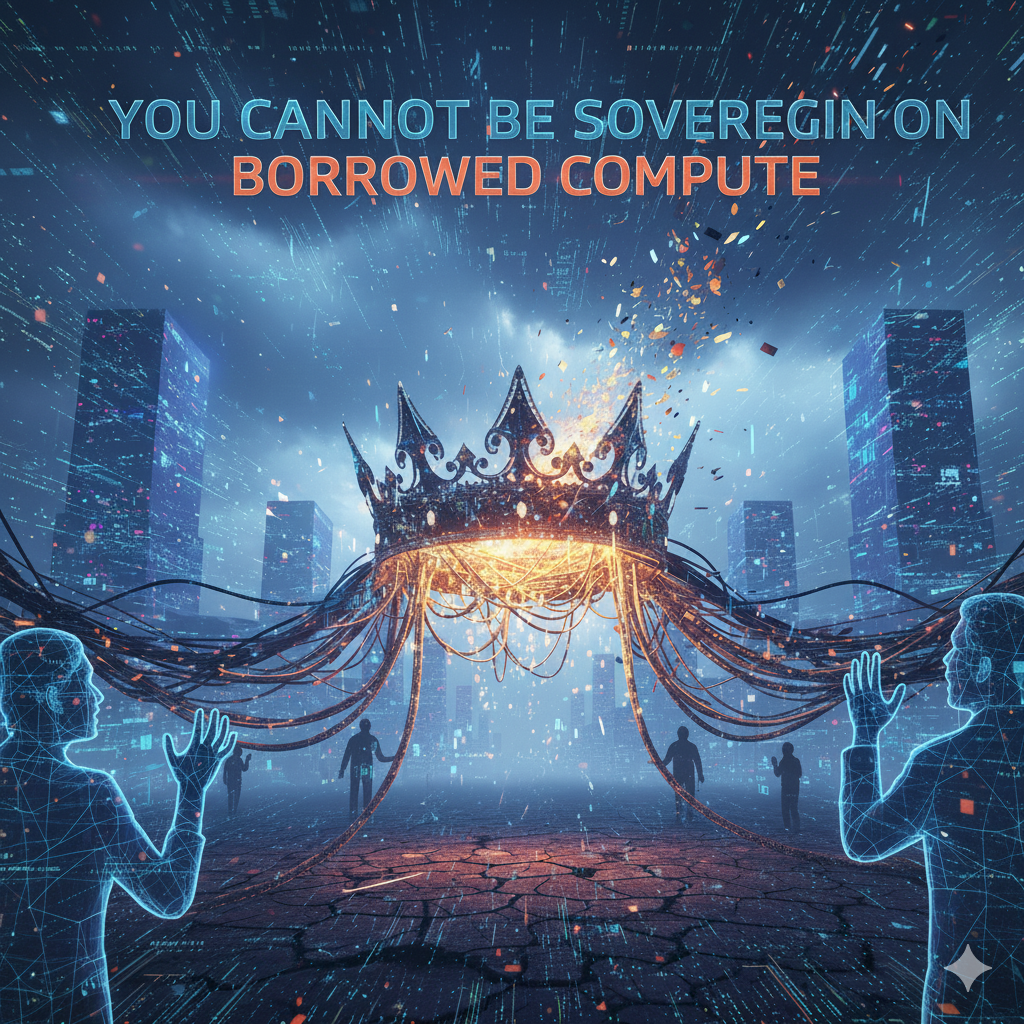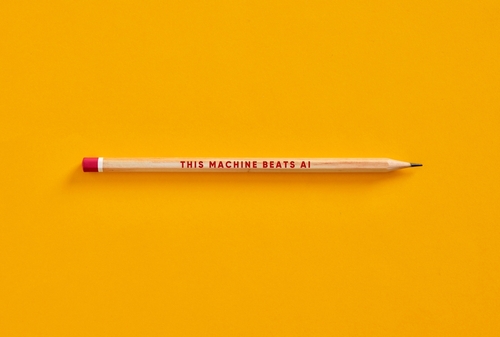History has a curious way of repeating itself—not in identical form, but in the recurring patterns that reveal our collective amnesia about the past. India’s Ministry of Electronics and Information Technology (MeitY) has proposed amendments to the IT Rules, 2021, mandating that all AI-generated content carry prominent labels covering at least 10% of visual display space or the initial 10% of audio duration. The intent—combating deepfakes and digital misinformation—is indisputably urgent. Yet, as we revisit India’s own past regulatory overreaches, we must pause and ask: are these measures a necessary guardrail, or are we paving the way for roadblocks that might stifle the very innovation India seeks to foster?
Today, we stand at an inflection point more consequential than any before. Artificial intelligence, with its transformative potential and disruptive risks, has few precedents, but history teaches us that overzealous regulation can often become the very obstacle it was designed to overcome. Guardrail or roadblocks? The real stakes of Meity’s 10% AI labelling rule are now in sharp focus.
The Crisis Is Real, The Threat Undeniable
Let us begin with uncomfortable realities: Deepfake cases in India have surged by a staggering 550% since 2019, with projected economic losses estimated at ₹70,000 crore in 2024 alone. During the 2024 general elections, fabricated videos of political leaders flooded social media, threatening democratic discourse and public trust. In a nation where nearly half of all citizens have either been personally affected or know someone targeted by deepfake scams, regulatory guardrails are not just justified—they’re imperative.
But true protection does not come from wielding a sledgehammer. The question is not whether we need guardrails, but whether we are wielding precision tools—or erecting crude barriers that might ultimately crush legitimate creativity while bad actors simply devise workarounds. Guardrail or roadblocks? The real stakes of Meity’s 10% AI labelling rule bear repeating here.
The strengths of the mandate are clear:
Enhanced Consumer Protection: With 70% of Indians unable to distinguish between real and AI-cloned voices, prominent labelling aims to build baseline transparency and nurture trust. Marketers, much like broadcasters or advertisers before them, recognize that such standardization gives parity and clarity to the audience. Labels enable informed choice—a necessary ingredient in India’s information economy.
Legal Accountability Infrastructure: The requirement for persistent metadata and watermarks, coupled with dual responsibility for creators and hosting platforms, closes many of the loopholes previously exploited by malicious actors. Now, significant social media intermediaries (platforms with over 5 million users) face direct consequences for non-compliance, including loss of safe harbour status—further strengthening enforcement.
Global Leadership Positioning: India’s regulatory edge aligns it with the European Union and China, signaling digital maturity and potentially attracting global investment. Regulatory clarity, when balanced, fosters an enabling environment for responsible AI innovation.
The Devil in the Details: Where Good Intentions Can Falter
Intent on transparency, the rule risks creating precisely the sort of roadblocks that once hobbled India’s digital and creative sectors. The administratively convenient 10% threshold betrays a fundamental misunderstanding of India’s fast-evolving content economy.
Creative Industry Disruption at Scale: India’s creative sectors—spanning cinema, OTT, VFX, advertising, and more—thrive on agile adoption of AI tools for legitimate applications: restoration, color correction, voice dubbing, and background enhancement. Enforcing a 10% label on every output risks stigmatising high-quality creative work as “mass produced” or “inauthentic,” especially as global competitors work with subtler, risk-based frameworks.
For marketers and creators, the label threatens to break narrative immersion and alter viewer perception fundamentally, reinforcing the question: guardrail or roadblocks? The real stakes of Meity’s 10% AI labelling rule again surface—will the blanket rule amplify trust, or erode India’s creative global competitiveness?
Definitional Quicksand: The mandate casts too broad a net, ensnaring everything from AI-assisted spellcheck to logo design, rather than focusing on genuinely synthetic or deceptive creations. When every piece of partially AI-assisted content is potentially subject to intrusive supply chain and output checks, creators may err on the side of caution—stifling experimentation, collaboration, and new forms of storytelling.
Global Asymmetry: Unlike the EU’s risk-based AI Act or the sector-specific guidelines seen in China, India’s uniform approach risks undermining Indian creators in open, global digital marketplaces where flexibility and nuance are industry standards. The US continues to rely on consumer protection enforcement by the FTC, not a prescriptive labelling mandate.
Mounting Compliance Costs: For India’s small studios, startups, and independent content creators, the cost of verification, relabeling, and workflow modification isn’t trivial. Large multinational platforms may adapt, but the cost burden on emerging Indian talent and MSMEs (micro, small, and medium enterprises) is anything but enabling.
Learning from Our Own History: ASCI’s Rise as a Regulatory Template
India’s regulatory success stories—like the Advertising Standards Council of India (ASCI)—offer stark contrast. ASCI began as a voluntary, cooperative body in the 1980s; only by engaging industry and iterating its code over decades did it secure both teeth and trust. Today, the best Indian regulatory frameworks stem not from unilateral prescriptions, but from dialogue, pilot programs, and co-creation between policymakers and industry. Guardrail or roadblocks? The real stakes of Meity’s 10% AI labelling rule hinge on whether the government is willing to co-evolve—rather than dictate—rules for this new frontier.
Global Frameworks and a Way Forward
The most successful international regimes distinguish between risk and intent. The EU exempts human-dominant content and only mandates overt disclosure for content genuinely made to deceive or manipulate. China focuses labelling on high-risk, high-reach platforms while permitting case-by-case industry solutions. The U.S. targets consumer risk, not creative technique.
A workable Indian framework is entirely plausible:
- Risk-Tiered Compliance: Reserve prominent labels for high-risk, potentially deceptive content such as deepfake impersonations, electoral messaging, or outright fabrications. Back-end creative uses warrant only machine-readable metadata.
- Define Clear Thresholds: Allow industry-led working groups to refine what counts as “AI-generated”—focusing on impact, not just process.
- Differentiated Rules for Diverse Use Cases: Recognize context—B2B, advertising, entertainment, journalism each merit tailored rules.
- Pilots Before Rollout: Let new policy learn and adapt through controlled pilots, following best practices from UPI and India Stack.
- Digital Literacy at Scale: Empower Indians to question sources and intent—making labels a tool, not a crutch, for digital trust.
India’s Digital Sovereignty Moment—And the Path We Choose
India’s creative economy could reach $43 billion by 2026. Whether these new rules become a beacon or a burden depends on our willingness to learn from our regulatory past and global present. The deepfake threat is genuine, and regulation is necessary. But I believe that effective governance needs precision, responsiveness, and broad consultation—not imposition by fiat.
History mostly does offer an answer—provided we remain students enough to heed its lessons. Ultimately, guardrail or roadblocks? The real stakes of Meity’s 10% AI labelling rule are not about technology alone, but about India’s willingness to build the future on wisdom, agility, and true partnership between government and creativity.







